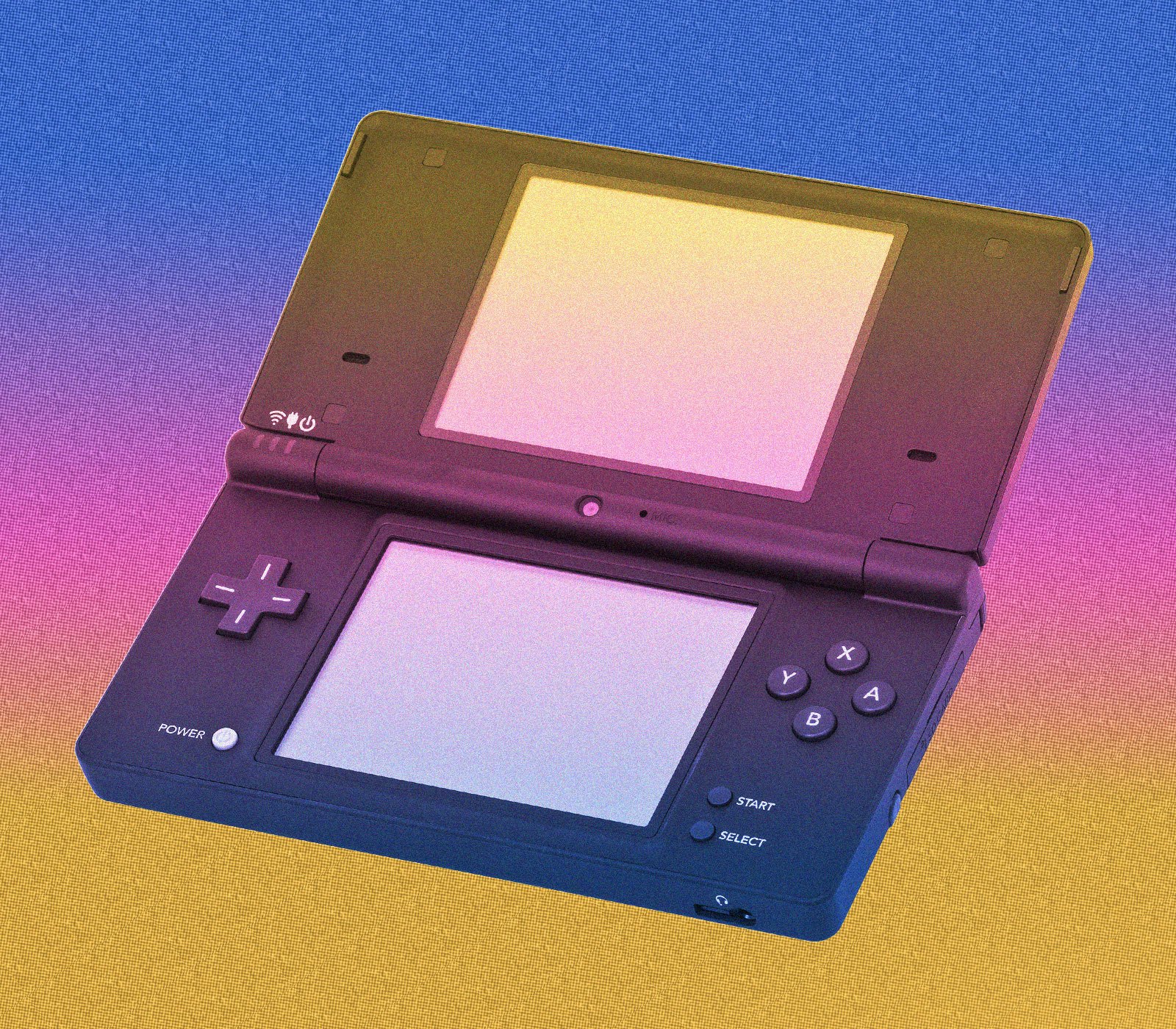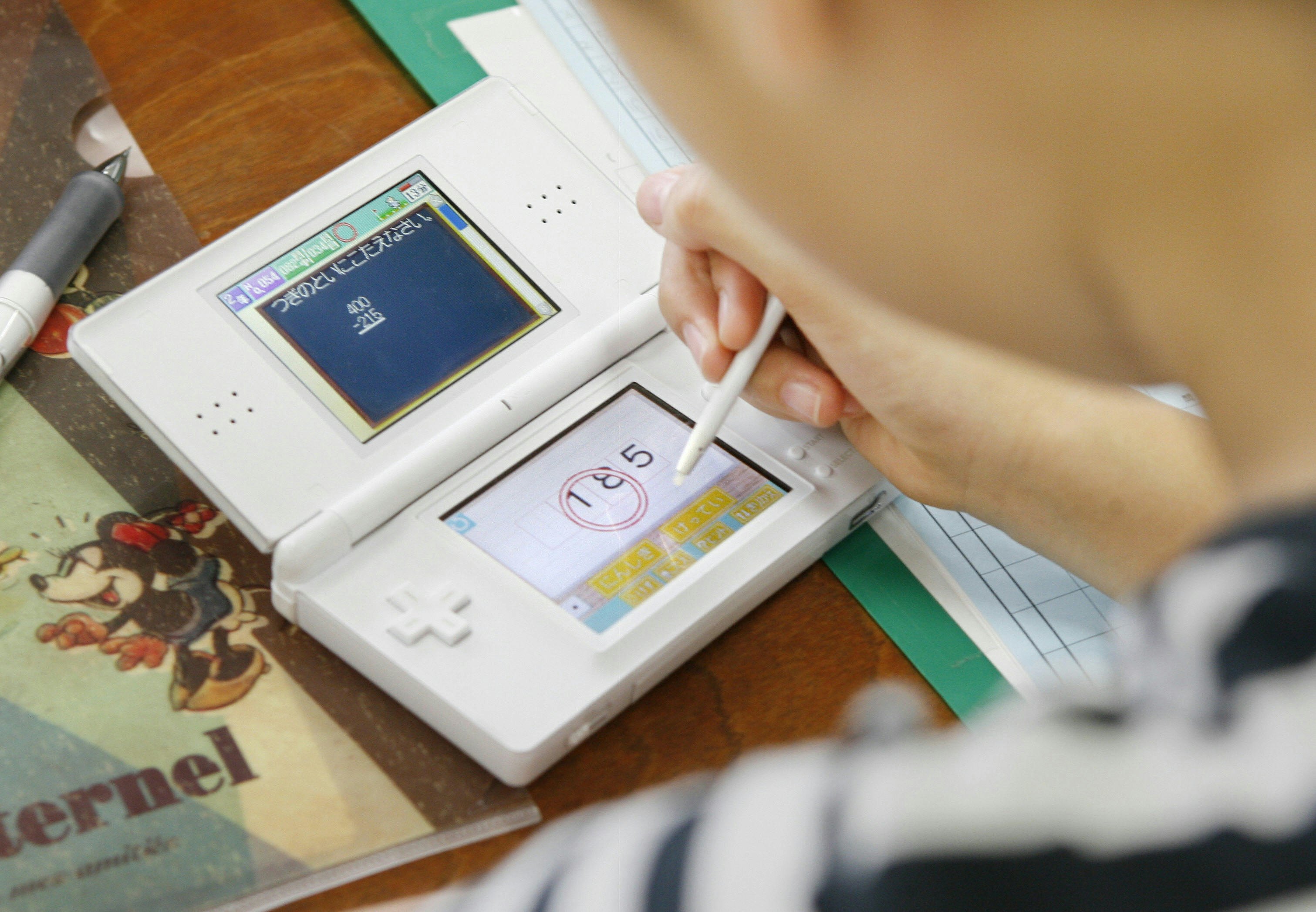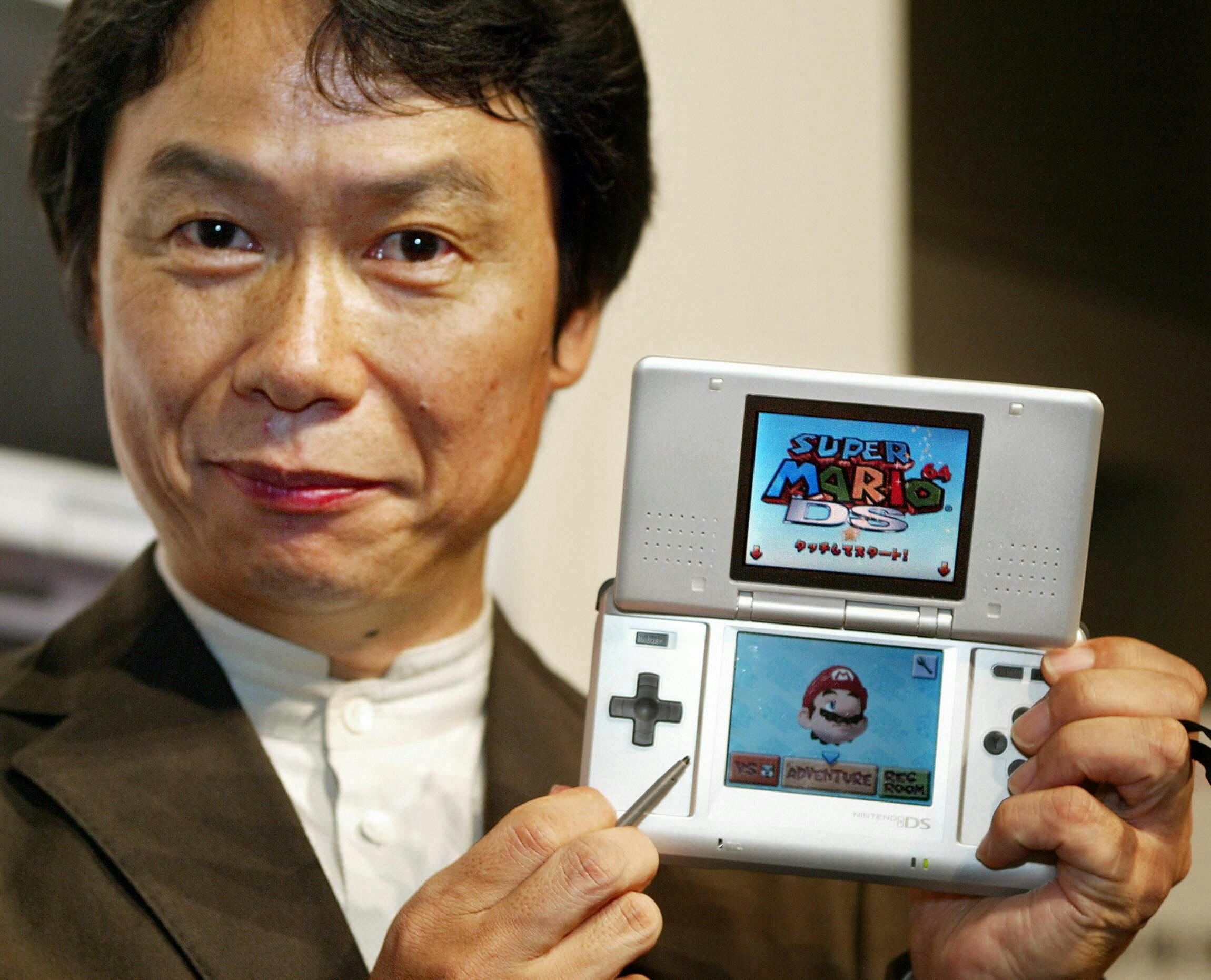
The Nintendo DS Lite is, to this date, the most popular handheld that Nintendo has ever made. It’s arrival in June 2006 couldn’t have come at a better time for Nintendo.
The worm had turned on the storied developer’s inventive, family-friendly gameplay in favor of the mature and increasingly online gaming experiences offered on the PlayStation and Xbox; the GameCube wasn’t really cutting it.
But despite losing the home console battle to the PS2 and Xbox, Nintendo continued to win with handhelds. The DS represented a clear alternative path away from where the industry was heading, and the sleeker and more DS Lite was proof the dual-screen handheld could be popular if the hardware looked more like an Apple-designed gadget and less like a toy.
Apple, By Way of Nintendo

To put things simply, the DS was the reference design for the DS Lite. Where the DS had visible seams and thick sides, the Nintendo DS Lite was slimmer, smoother, and overall cleaner. It could still play Game Boy Advance games thanks to a dedicated slot at the bottom of the device, and the growing variety of DS games already out there, it just did it in a much more elegant, polished way.
Inside, Nintendo used two 3.12-inch LCD displays, with the major difference between the top and bottom being the capacitive touch sensor that was layered over the lower one. Like the DS, the DS Lite had the same button layout and headphone jack. But the most underrated improvement was the upgrade to the stylus; it was a little bit thicker, which made touching the screen more comfortable, especially for games that primarily used it for controls.

Other than the characteristic DS symbol (two squares stacked on top of each other) and Nintendo’s logo, I think you’d be hard-pressed to know the DS Lite was made by the same company as the DS. The DS Lite was very much a product of its time, which even two years after the DS was released in 2004, was fully under the sway of Apple’s minimalist design. The launch DS Lite’s glossy white plastic had the trendy aesthetic of an iPod when closed; open, it resembled a baby polycarbonate MacBook. With rounded corners and a simple design that was not common for game systems yet, it was clear from where Nintendo had drawn inspiration. Apple’s brand signaled the future of cutting-edge technology design and had mass appeal at the time; Nintendo needed some of that same mojo and got it with the DS Lite.
The DS Lite’s “Blue Ocean”
Much has been made of the strategy shift that the original DS marked for Nintendo when it first came out. The company had always tried to create fun, unique ways of playing games, but until the DS, traditionally positioned its handhelds and home consoles in direct comparison to its competitors. That worked fine in the 16-bit era when everyone was playing on more or less a level playing field, but it was increasingly hard to maintain when Sony and Microsoft were pushing graphics beyond what Nintendo intended the Nintendo 64 and GameCube to achieve.
Nintendo was trying to signal that its hardware and games were for everyone...
The DS was a huge departure — less powerful than the PlayStation Portable (PSP), and besides backward compatibility, very different from the Game Boys that Nintendo was making before. The handheld was trying to appeal to a new audience — an untapped “blue ocean.” This method, “Blue Ocean Strategy,” named after the book that popularized the concept, was all about identifying an alternative way of doing business. Instead of trying to undercut competitors on price or out-innovate them with new features, you could identify a whole new audience — a new “blue” ocean as opposed to the saturated “red” oceans — and play a different game entirely.
In Nintendo’s case, that was by offering cheaper products that also happened to have more innovative control schemes. Nintendo has described this plan to investors as “Gaming Population Expansion.” The company deliberately used touchscreens, motion controls, and other input methods to reach people unfamiliar with video games and convert them into an audience that specifically loved Nintendo.
That process started with the DS, but truly blossomed with the DS Lite, which like Nintendo’s earlier successes, had a huge marketing campaign behind it. Nintendo wasn’t content with making the DS Lite cool to people who already played the GBA or DS, it wanted to make it cool (or at least approachable) to everyone outside of the typical “gamers” of children and teenagers. Nintendo wanted to make gamers out of adults, seniors, and pretty much anyone who didn’t consider themselves a “real” gamer.
Hence ads where Nicole Kidman played Brain Age on the DS Lite, or when the DSi was released, Beyoncé played Rhythm Heaven. Nintendo was trying to signal that its hardware and games were for everyone; gaming was for everyone, not just people who cared about graphics or realistic physics simulations
Walking the Alternate Path
You don’t need to be a historian to know that this proved tremendously successful. Nintendo’s pitch convinced my mom to buy me a DS Lite, my first handheld. She told me at the time that she thought it would get me to read more. I certainly played my fair share of visual novels afterwards, and I think the point stands that the way Nintendo was positioning the whole DS line made it more understandable than any of the hardware the company had sold before.
Based on what Nintendo has publicly shared, the company has shipped 93.86 million DS Lites as of 2014, and over 154 million Nintendo DS units overall. The only thing more popular than a dual-screen Nintendo handheld at this point is the Switch. The DS Lite might not have been as powerful as Sony’s PSP, and it won widespread appeal by smartly copying the design aesthetics of the hottest consumer tech company at the time, but it was absolutely the right handheld at the right time. Because let’s be real: The DS “Phat” (as it was commonly called) was ugly and not moving enough units. The DS Lite proved great design was vital to expanding gamers beyond “the kids in their parents’ basement.” In hindsight, Nintendo owes quite a bit to the handheld; it helped propel Nintendo down a path that’s only gotten more popular today.







